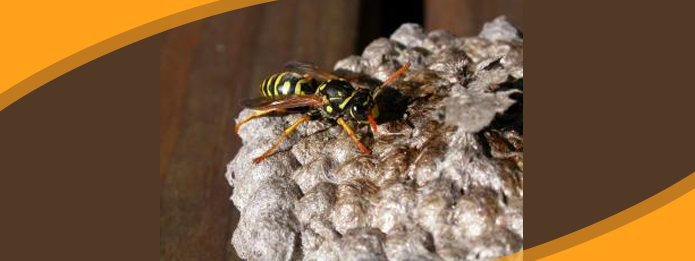 While Canada has its fair share of wasp and hornet species that are active during warmer weather, you may be concerned about the news of giant Asian hornets that have made their way into the area. Several nests were reported in and around Canada in 2019, and we at Truly Nolen Canada are here to provide you with information about these insects, as well as a wide variety of pest control in Waterloo.
While Canada has its fair share of wasp and hornet species that are active during warmer weather, you may be concerned about the news of giant Asian hornets that have made their way into the area. Several nests were reported in and around Canada in 2019, and we at Truly Nolen Canada are here to provide you with information about these insects, as well as a wide variety of pest control in Waterloo.
 While Canada has its fair share of wasp and hornet species that are active during warmer weather, you may be concerned about the news of giant Asian hornets that have made their way into the area. Several nests were reported in and around Canada in 2019, and we at Truly Nolen Canada are here to provide you with information about these insects, as well as a wide variety of pest control in Waterloo.
While Canada has its fair share of wasp and hornet species that are active during warmer weather, you may be concerned about the news of giant Asian hornets that have made their way into the area. Several nests were reported in and around Canada in 2019, and we at Truly Nolen Canada are here to provide you with information about these insects, as well as a wide variety of pest control in Waterloo.

